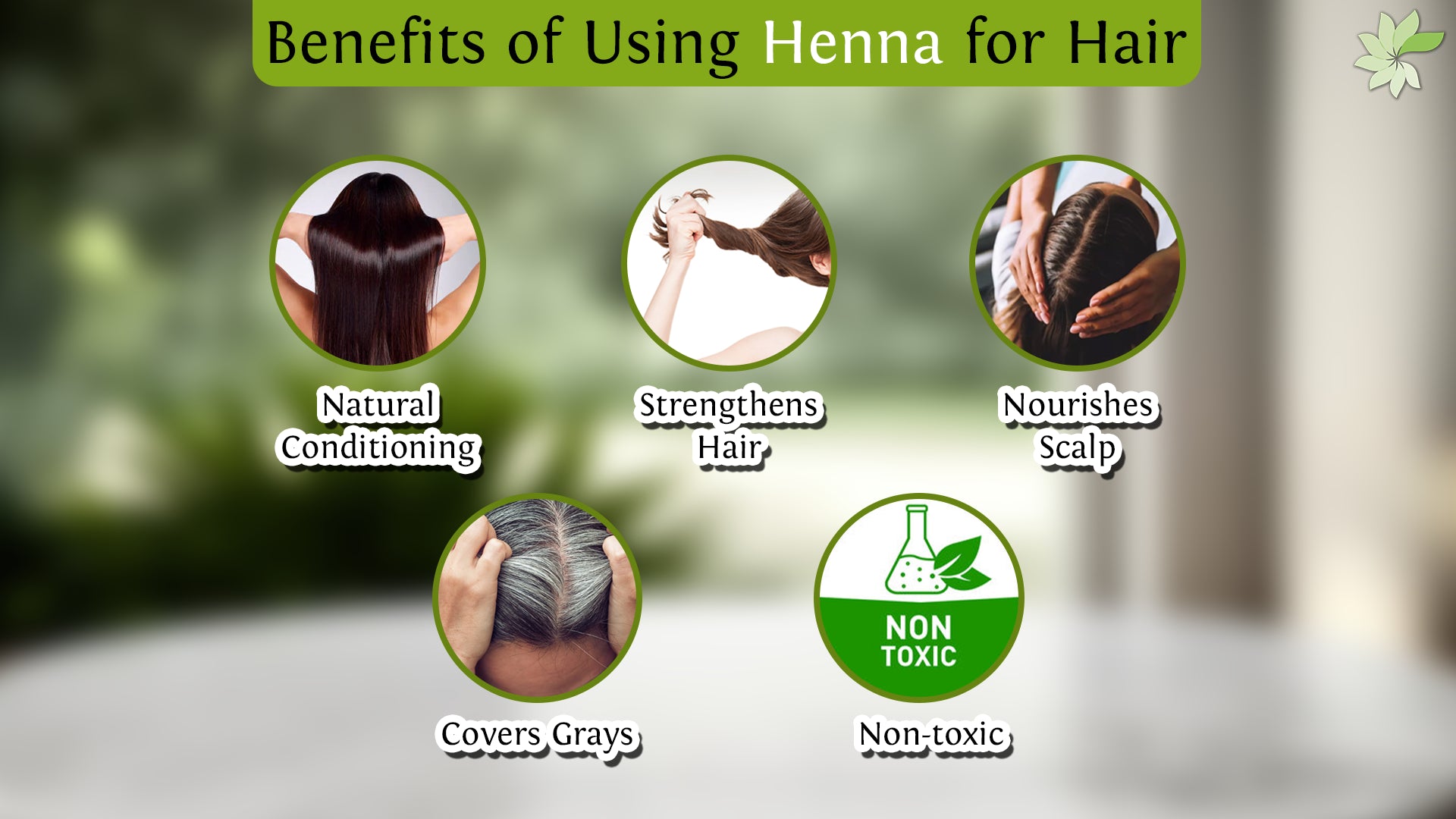Herbal Henna: How to Apply Mehndi for Beautiful Hair
•Posted on July 24 2024

Henna, a natural plant-based dye, has been used for centuries to color and condition hair. Its popularity continues to grow due to its numerous benefits for hair health. In this blog, we'll explore the wonders of herbal henna, focusing on how to apply henna on hair, the benefits of using herbal henna, and tips for achieving the best results.
What is Herbal Henna?
- Herbal Henna Definition: Herbal henna is a natural hair dye made from the leaves of the henna plant, Lawsonia inermis. Unlike chemical dyes, it is free from harmful additives and preservatives.
- Natural Ingredients: Herbal henna often includes other beneficial herbs like amla, shikakai, and bhringraj, which enhance its conditioning properties.
Benefits of Using Henna for Hair

- Natural Conditioning: Henna acts as a natural conditioner, leaving hair soft and shiny.
- Strengthens Hair: It helps in strengthening the hair shaft, reducing breakage and split ends.
- Nourishes Scalp: Herbal henna nourishes the scalp, promoting healthy hair growth.
- Covers Grays: It effectively covers gray hairs, giving a natural-looking color.
- Non-toxic: Being chemical-free, herbal henna is safe for all hair types and doesn't cause allergic reactions.
How to Apply Henna on Hair
Preparing the Henna Paste
- Ingredients: Herbal Henna Powder, lemon juice, tea or coffee, and essential oils (optional).
- Mixing: In a non-metallic bowl, mix the henna powder with warm tea or coffee and a few drops of lemon juice. Let it sit for 6-8 hours for the dye to release.
Application Process
- Clean Hair: Wash your hair with a mild shampoo to remove any oil or dirt.
- Sectioning: Divide your hair into small sections for easy application.
- Applying Henna: Starting from the roots, apply the henna paste evenly throughout each section of hair.
- Covering: Once all hair is covered, wrap your head with a shower cap to keep the henna moist and to avoid stains.
- Waiting Time: Leave the henna on your hair for 2-4 hours, depending on the desired color intensity.
Rinsing and Aftercare
- Rinse Thoroughly: Rinse the henna with lukewarm water until the water runs clear.
- Avoid Shampoo: Avoid using shampoo for the first 24-48 hours to allow the color to settle.
- Moisturize: Apply a natural oil or conditioner to keep your hair hydrated.
Aftercare Tips
- Avoid Heat Styling: Refrain from using heat styling tools immediately after applying henna to prevent color fading.
- Regular Conditioning: Use a natural conditioner to maintain the softness and shine of your hennaed hair.
- Protect from Sun: Protect your hair from direct sunlight to prevent the color from fading.
Common Mistakes to Avoid
- Using Metal Bowls: Always use plastic or ceramic bowls to mix henna as metal can react with the henna and alter its effectiveness.
- Applying to Dirty Hair: Ensure your hair is clean before applying henna for better absorption.
- Skipping Patch Test: Always perform a patch test to check for any allergic reactions.
FAQs about Henna for Hair
- Can Henna Damage Your Hair?
No, herbal henna is gentle and non-damaging. It conditions and strengthens hair.
- How Often Should You Apply Henna?
It's safe to apply henna once every 4-6 weeks to maintain color and hair health.
- Can You Mix Henna with Other Natural Ingredients?
Yes, mixing henna with ingredients like amla, shikakai, or coconut oil can enhance its benefits.
Conclusion
Herbal henna is a fantastic natural alternative to chemical hair dyes. It not only colors your hair beautifully but also strengthens, conditions, and nourishes it. By following the right steps and tips on how to apply henna on hair, you can achieve gorgeous, healthy hair. So, embrace the power of mehndi for hair and enjoy its numerous benefits.
Comments
0 Comments
Leave a Comment